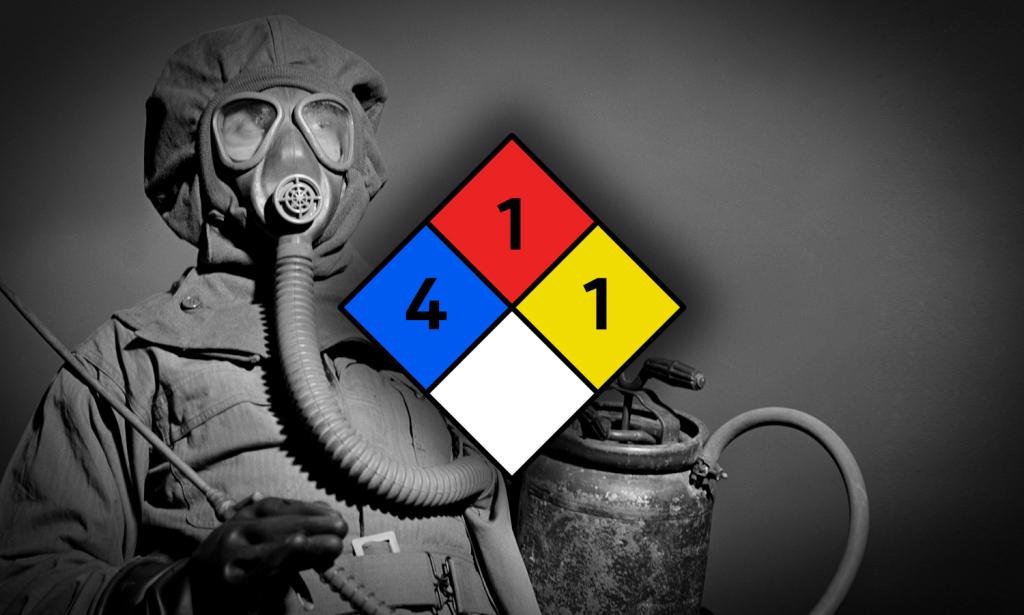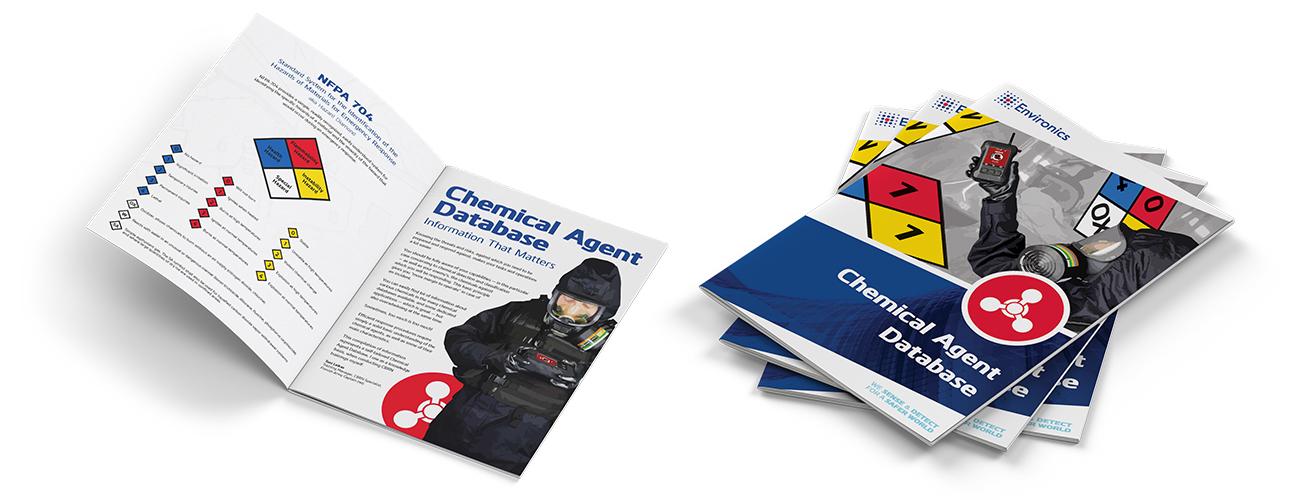So…Man, Why Are You So Toxic?

Historical Background
In 1943, German Army recruited Nobel Prize winner (1938) Austrian-German biochemist Richard Kuhn to determine the nerve agent damage cause mechanism.
He and his research team discovered the nerve agent blocking enzyme – cholinesterase and its operation process. As part of their research, in 1944, Kuhn and colleagues synthesised a new nerve agent, soman, which was twice as good as sarin at inhibiting cholinesterase.
The new agent was proven to be even more toxic than previous G-series nerve agents tabun and sarin. G-series is named by U.S. meaning German Agents – GA (Tabun), GB (Sarin) and GD (Soman). Soman was produced in small quantities at pilot plant by IG Farben, but it was not used in World War II.
There is no evidence that soman has been used, except for testing.
Commercial Uses or Precursor Chemicals
Soman has no use for peaceful purposes in commercial or industrial trades. Soman precursor chemicals are used in fire retardants, disinfectants, paint solvents, ceramics, optical brighteners and in textile softeners.
Symptomatology
Soman is classified as a nerve agent in military classification, according to its effects on humans. Soman is a colourless liquid in normal ambient temperature. With aging, the liquid colour may change to dark brown. This G-series nerve gas has fruity odour when pure, and with impurities gets camphor odour. Soman is a low or medium volatile VOC (Volatile Organic Compound) and non-persistent chemical warfare agent. Soman is more persistent than sarin or tabun. Air released soman can stay on surfaces from hours to days.
Soman acts very quickly and affects mainly through inhalation. After exposure, symptoms may occur within minutes to hours — if in vapour form — or within hours to days — if in liquid form. Even an extremely low dosage exposure can be fatal, and the immediate administration of an antidote is critical. As a nerve agent, Sarin interrupts the nervous system. Exposure symptoms are pinpoint pupils, runny nose, breathing difficulties, convulsions, sweating, nausea, vomiting, seizures, loss of consciousness, or even death.
Response
Leave the area and evacuate the exposed people into fresh air. Even though the vapours will degrade fairly rapidly, the liquid can persist on surfaces up to 24 hours.
Remember that Soman is heavier than air, and it settles in lower levels, or utility corridors inside the buildings.
For first responders, the protection level in an unknown situation, is the highest level.
In a small spill or leak (less than 200 litres) the initial isolation distance in all directions is 60 meters and the protection distance during day is 400 metres, changing to 700 metres during night.
In a large spill/leak (more than 200 litres) the isolation area is 300 metres in all directions, and the protection distance during day is 1,8 kilometres, changing to 2,7 kilometres during night.
The following indicators are common to chemical attacks or presence of CWAs; dead animals, lack of insect life, mass casualties, defined pattern of casualties, casualty patterns differentiated by indoor and outdoor location, unusual liquid droplets, areas that look different in appearance, unexpected odours, low lying clouds and unusual metal debris.
All indications — smells, people’s symptoms — are clues to be taken into account together with detection equipment, providing data to classify and identify the chemical, and to start response actions and first aid measures.
Soman can react violently with bases, weak acids, and strong oxidizers, and may decompose when in contact with metals, and evolving flammable hydrogen gas.
Soman is combustible but not easily ignited when heated. Its vapours can form explosive mixtures with air.
Did you know that… G-Series is a code name stand for German (G) and followed sequence, but GC is skipped, because it’s the medical code for gonorrhoea?
Would you like to know more?

Get your own issue of the “Chemical Agent Database – Information
That Matters” and gain access to extra content!

Leave a Reply